It isn’t just cycle paths which have seen a major increase in use over the last few months.
Sometimes long forgotten Public Rights of Way have been rediscovered as residents have sought to heed government advice to exercise safely.
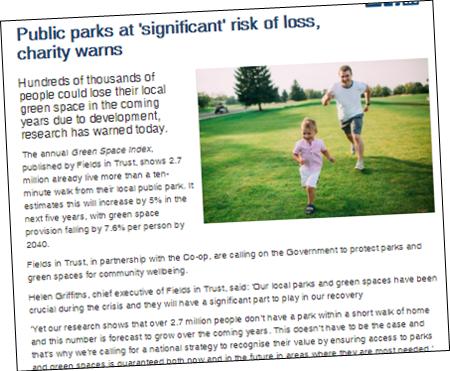
Nationally a campaign group has identified threats to many open spaces.
Sadly, in York, building work is underway on former sports fields at Lowfield and on Windmill Lane. Several spaces in the green belt remain under threat.
The loss of this green space needs to be compensated for. It is important not only for peoples health but also to conserve natural fauna and flora.
The opportunities to create additional green spaces near the City centre are limited – although what is available could perhaps be better managed – but there are more options available between the City boundary and the ring road.
Local Councillors could lead the fight to improve the availability of both urban and county parks by identifying suitable areas which could be protected under “village green” legislation.
There are several opportunities on the west of the City where access could be sustained for people living in the Westfield, Dringhouses and Acomb wards. Some proactive leadership is now required
Last year the York Council did say that they wanted to extend and add to the number of strays in the City. There has so far been little tangible progress to report on that promise.

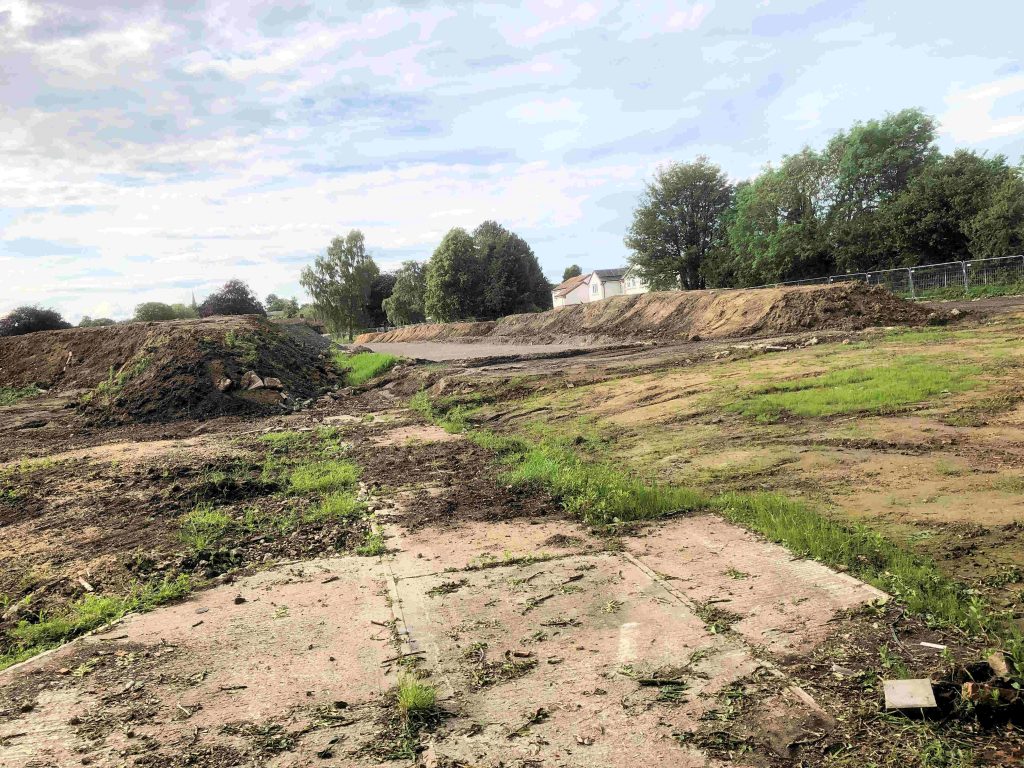
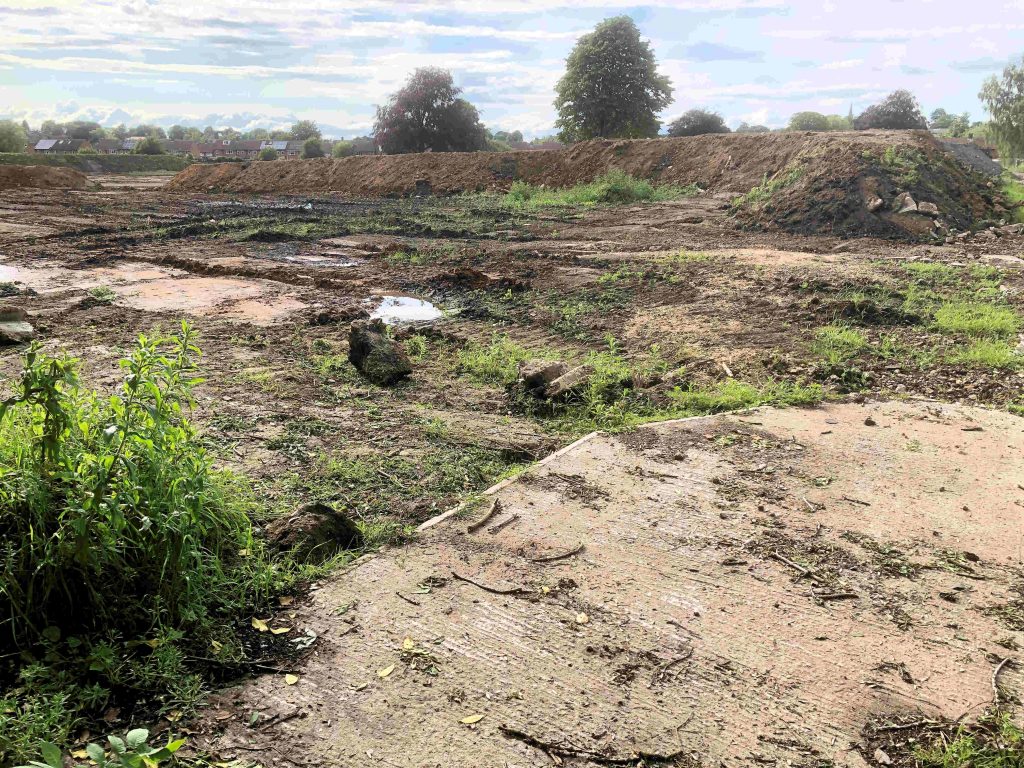
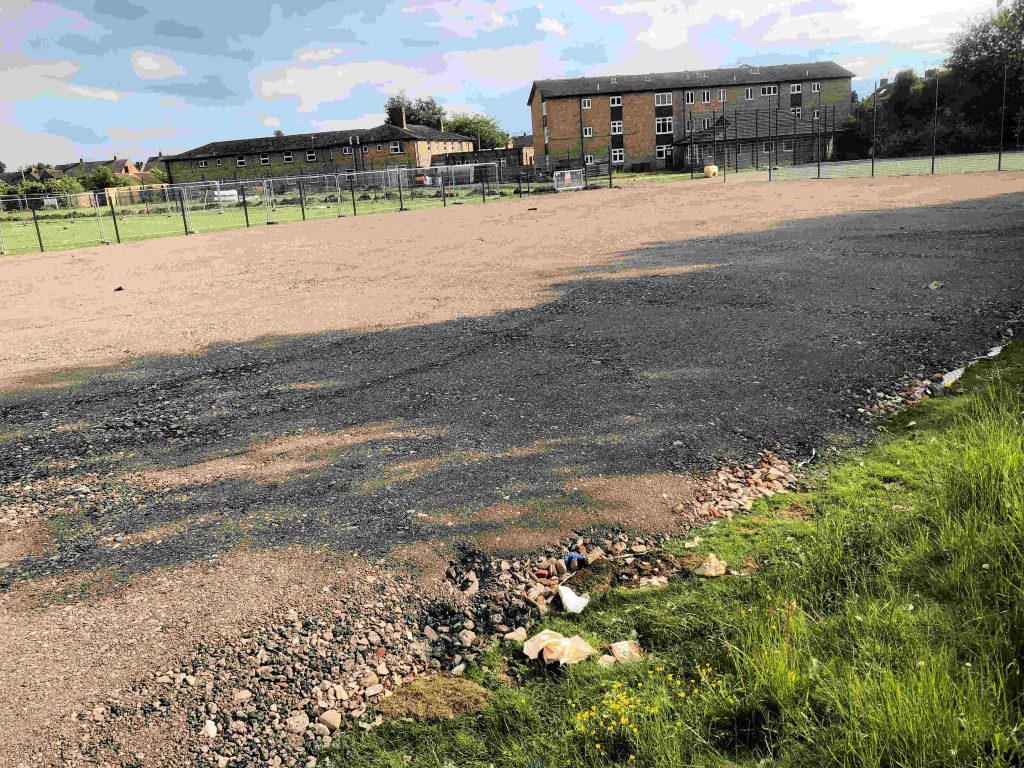
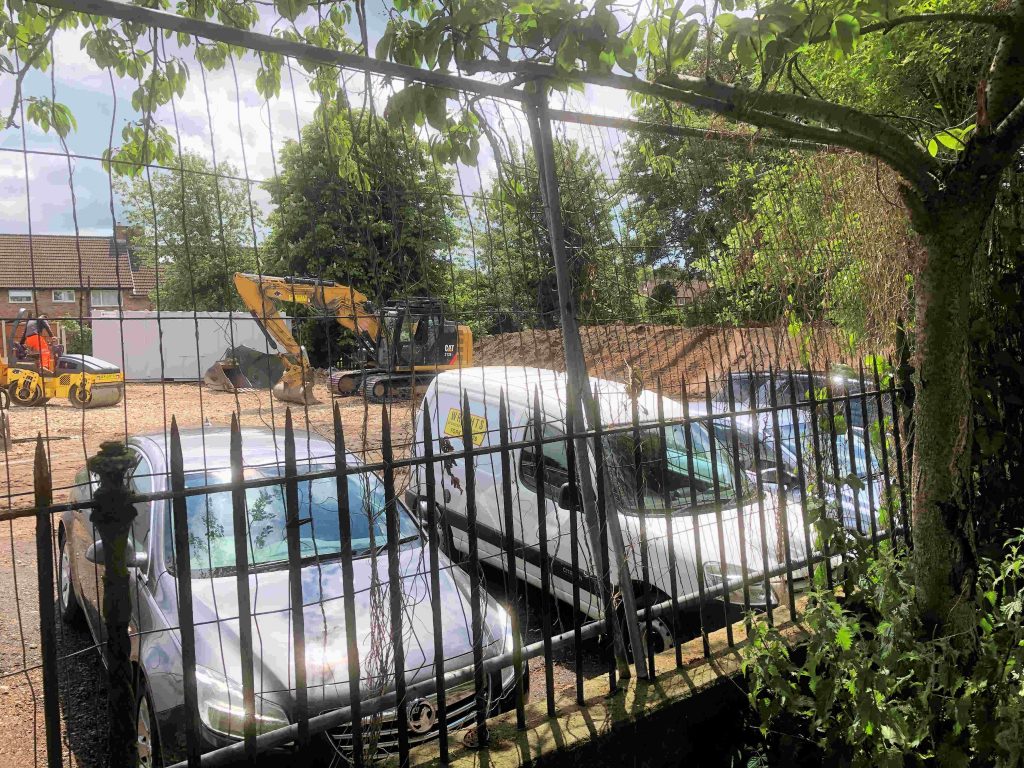
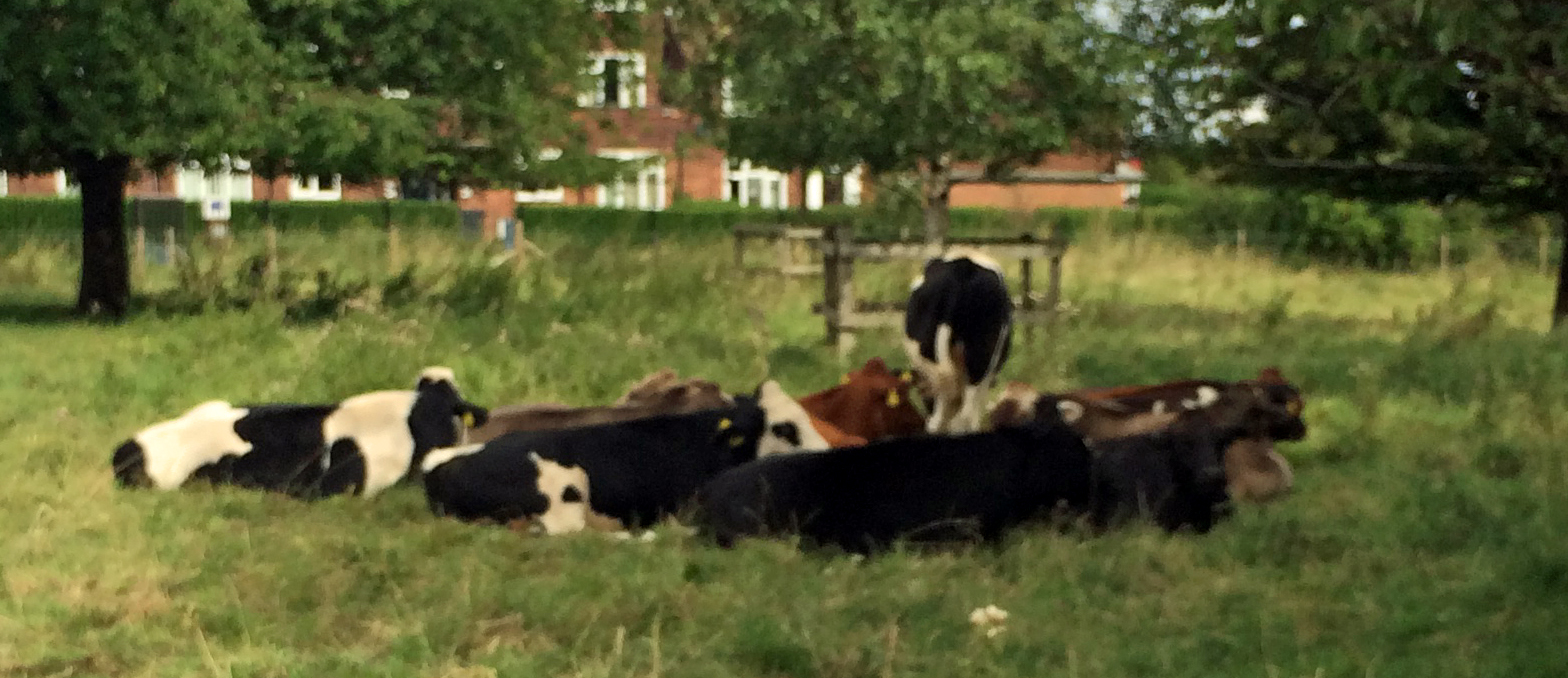 City of York Council is urging dog owners to take the lead and follow the countryside code when cattle are reintroduced onto Strays across York later this month.
City of York Council is urging dog owners to take the lead and follow the countryside code when cattle are reintroduced onto Strays across York later this month. The York Council has let a contract for provision of a stray dog kennelling and collection service “pursuant to its statutory duties, powers and functions”.
The York Council has let a contract for provision of a stray dog kennelling and collection service “pursuant to its statutory duties, powers and functions”.